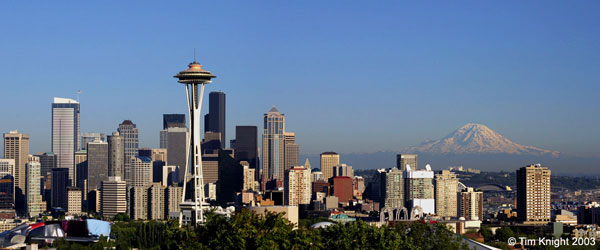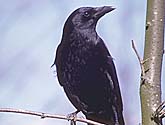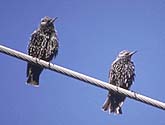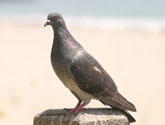
Home |
About Us |
How to Participate |
Biodiversity Modules |
Projects |
Maps |
News |
Resources

Home |
About Us |
How to Participate |
Biodiversity Modules |
Projects |
Maps |
News |
Resources
|
Definition of "Developed" - General Code 200: Significant human influence. Surface development includes buildings, pavement, etc. Excludes agricultural land and clear cuts. |
Developed: High Density Industrial/Business (212)

| |
| Descriptive Habitat Code: Downtown Seattle is a high-density urban habitat (2) with >60% development (1) including business and industrial areas (2). | |
| Photo: Tim Knight | |
 American crow Corvus brachyrhynchus Code: COBR Photo: RA |
Distribution and Habitat: It is found in a wide variety of natural and urban (developed) habitats. Diet: Interesting fact: |
 California gull Larus californius Code: LACAL Photo: RA |
Distribution and Habitat: It is found throughout parts of the western North Pacific Ocean. It breeds on gravel beds along the Columbia River and large lakes in the Columbia Basin. Diet: Interesting fact: |
 Eastern gray squirrel Sciurus carolinensis Code: SCCA Photo: TFK |
Distribution and Habitat: It is found throughout deciduous woodland areas of North America as well as being a common inhabitant of developed areas of towns, cities, residential and even industrial areas. Diet: Interesting fact: |
 European starling Sturnus vulgaris Code: STVU Photo: RA |
Distribution and Habitat: It is common in lowland areas, developed (urban), and agricultural areas throughout its range. Diet: Interesting fact: |
 House sparrow Passer domesticus Code: PADO Photo: RA |
Distribution and Habitat: It is native to Europe and was introduced into the United States in 1850 where it has become a permanent fixture in developed areas. Diet: Interesting fact: |
 Rock dove Columba livia Code: COLI Photo: TFK |
Distribution and Habitat: It is found in most medium-sized and large cities of the United States and in the Columbia Basin. Diet: Interesting fact: |
 Virginia oposum Didelphis virginiana Code: DIVI Photo: RA |
Distribution and Habitat: It is found in a wide variety of habitats, including temperate and tropical forests, mountains, grasslands and urban (developed) settings. Diet: Interesting fact: |
Home |
About Us |
How to Participate |
Biodiversity Modules |
Projects |
Maps |
News |
Resources